While we’ll help you with layouts, let’s first discuss the prerequisites.
Things To Keep In Mind Before Planning A Garden Layout

Sun and Shade: Some vegetables need full sunlight for 7-8 hours, while others only need partial shade. Make sure you choose a sunny spot to set up your garden; else, your plants won’t be able to survive.
Water Access: Try zeroing in on a location with easy water access. Carrying heavy buckets of water to the garden won’t always be possible. It will only make you procrastinate.
Soil: Since soil is the ingredient from which plants take all their nutrients, it is vital to have the soil that best suits your vegetation.
Space: Space is another essential factor to keep in mind while shortlisting the layout. Things will be challenging if you go for the row layout but have no traditional yard or lawn. And if you have little space, you can make the most of it through vertical gardening.
Season: Unless you go for hydroponics, vegetable seeds need to be sown as per their season. And because certain vegetables need trellises, your layout will depend on the type of vegetables you plan to grow.
Plant Spacing Chart For Vegetables And Herbs
- Beets: Sow seeds 4-6″ apart, 12″ between rows
- Broccoli: Sow seeds 18″ apart, 24″ between rows
- Bush Beans: Sow seeds 2-3″ apart, 24″ between rows
- Cabbage: Thin to 18-24″ apart, 24-36″ between rows
- Carrots: Thin to 2″ apart, 10″ between rows
- Cauliflower: Plant 12-18″ apart, 24″ between rows
- Celery: Plant 6-10″ apart, 24″ between rows
- Corn: Sow seeds 4-6″ apart, 30-36″ between rows
- Cucumber: Plant 12-18″ apart, 36″ between rows
- Eggplant: Plant 18-24″ apart, 30″ between rows
- Garlic: Plant cloves 5-6″ apart, 8″ between rows
- Kale: Thin plants to 10″ apart, 18-24″ between rows
- Kohlrabi: Sow or transplant 6″ apart, 12″ between rows
- Leeks: Sow or transplant 6″ apart, 12″ between rows
- Lettuce: Thin plants to 4-8″ apart, 12-18″ between rows
- Onions: Plant 4″ apart, 10-12″ between rows
- Melons: Plant 36″ apart, 3-6′ between rows
- Parsnips: Thin to 3-4″ apart, 18″ between rows
- Peanuts: Plant 6-8″ apart, 24-36″ between rows
- Peppers: Plant 10-18″ apart, 18″ between rows
- Pole Beans: Plant 3″ apart, 3″ between rows
- Potatoes: Plant 12″ apart, 3′ between rows
- Pumpkins: Plant in nests with 2-3 seeds, 4′ between rows
- Radishes: Thin to 1″ between plants, 4″ between rows
- Rhubarb: Plant crowns 3-4′ apart
- Spinach: Thin to 3-5″ apart, 8-10″ between rows
- Sweet Potatoes: Plant 10-18″ apart, 36″ between rows
- Swiss Chard: Thin to 8-10″ apart, 18-24″ between rows
- Tomatoes: Plant 18-24″ apart, 24-36″ between rows
- Zucchini: Thin to 12-15″ apart, 24-36″ between rows
Kitchen Garden Layout Ideas And Their Utility For Different Types Of Space
Row Garden

A row garden layout is a classic for growing vegetables. Herein, seeds are sown in narrow rows separated evenly by 1-2 feet of soil. This space is to carry out weeding and other maintenance tasks. While the plants are lined up in this layout, care must be taken when the seeds are sown. The rule of thumb is to plant the taller vegetables on the north side of the rows and the smaller ones on the south. This is to prevent the taller plants from overshadowing and stunting the growth of the smaller vegetable plants. Another point is to keep enough space between the rows so it’s easier for you to water and later harvest.
Please note that this layout idea can work only for those who have a spacious garden, backyard, or lawn.
Vertical Garden

If space is an issue in your apartment, vertical gardening would work best for you. With the different vertical layout ideas, you can make optimal use of the little space you have dedicated for your vegetables. Besides being a space-saver, vertical gardening prevents pest attacks. Employing trellises and hanging pots are two perfect ways to maximize the usage of the area. You could also use shelves or planter stands to stack one pot over another to build a tower. Here’s a complete guide on vertical gardening for you to have all your queries resolved regarding the same.
Trellis Garden

Trellis gardening is a type of vertical gardening wherein the plants are tied with stakes in order to support them. This is needed because the vines often die under the burden of the fruits and flowers they bear. If not this, heavy rains and winds have a tendency of stunting their growth. To let the top-heavy plants grow skywards, these trellises offer great support and strength. These trellises and stakes serve both decorative and functional purposes. To know more about the same, here’s a guide to trellising and staking in your garden.
Hanging Pot Garden

Yet another type of vertical gardening is when you hang pots in your garden. This not only helps avoid space issues but makes harvesting an effortless task. You could just take a pair of scissors and cut your produce - herbs and likewise - without bending, sitting, straining your knees and back. Moreover, it adds an aesthetically pleasing look to the area. Also, if you want to give your garden a quirky look, buy pots of varying colours or paint them at home with hues that complement your home decor.
Raised Bed Garden

Raised bed layout is the perfect solution if you don’t have a traditional garden area. It also works when you do have one but the soil is terrible. That’s because in raised-bed gardening, you start everything from scratch. Unlike in-ground gardening, this type of layout needs a soil mixture along with materials (wood, stone, plastic, etc.) to build the beds wherein vegetable seeds can be sown. It is also more accessible since people with disabilities can walk around and carry out the process of watering/ harvesting with ease.
Container Garden

Container gardening is one of the easiest vegetable gardening layout ideas that people with even little spaces can carry out. All one has to do is buy a few containers and keep them on the stairs/ balcony/ kitchen itself. Since each plant has an entire container to itself, there’s no fight for nutrients. Besides this, you can choose the type of containers you want. They come in all shapes, sizes, and prices. Whether you are low on budget or have adequate resources, container gardening works fine for everyone.
Windowsill Garden

Have absolutely no extra space to spare? Don’t worry! Find a sunny spot near the window, place your containers on the sill, and let your plants grow happily. Choose containers that can thrive well based on the sturdiness and area of your windowsill. Leafy plants and herbs are the best bet for this layout.
Hydroponic Garden

In a hydroponic garden, you are free to grow whatever vegetables you want, irrespective of the season. This is because the garden doesn’t use soil. It uses nutrient-rich water that contains everything a plant needs to grow. It is a trending gardening technique that has more advantages than one can imagine. Besides, there is absolutely no need to worry about soil erosion, compaction, or anything because there’s no soil in this gardening layout in the first place.
Because one of these layouts will set the tone of your gardening journey right, make sure you choose wisely.
Good luck! :)
If you have any questions, please know that we are just a call/ comment away.


 Sign In
Sign In



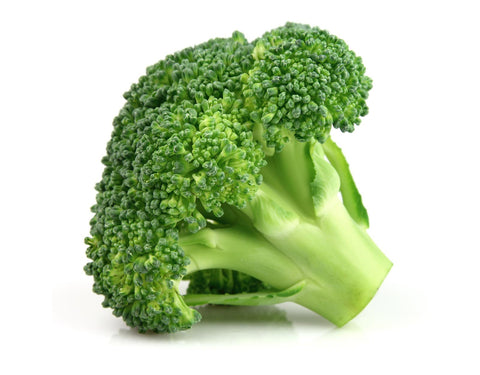
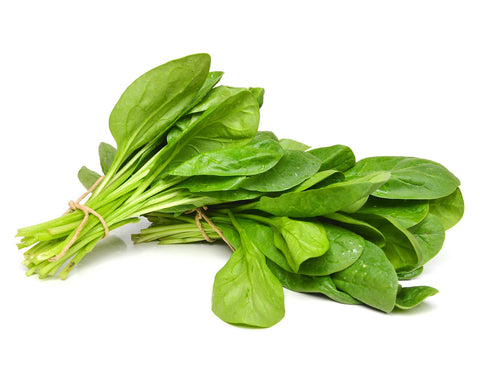

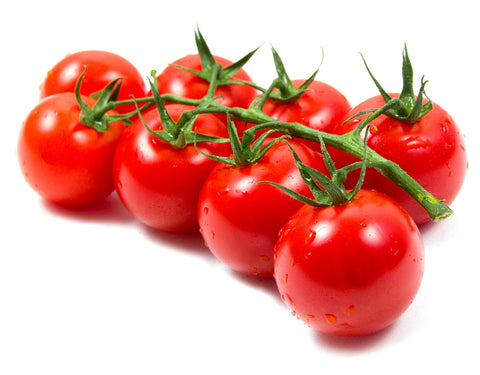

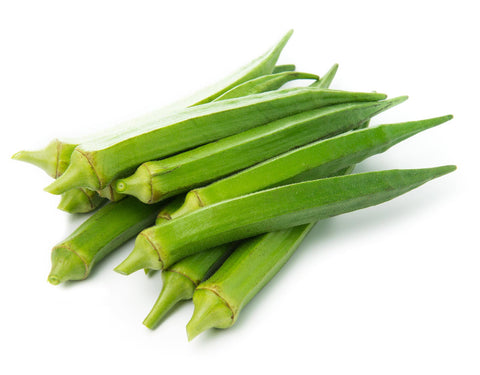
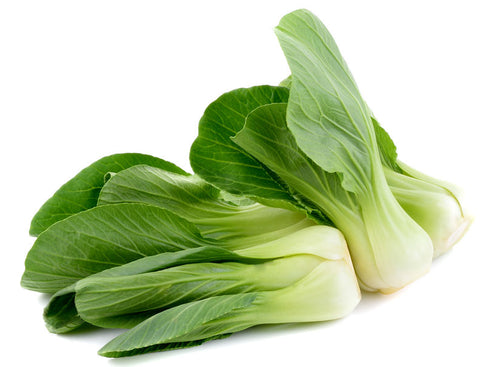
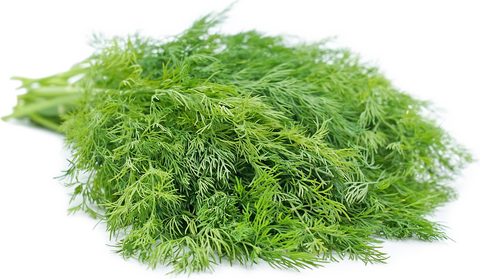
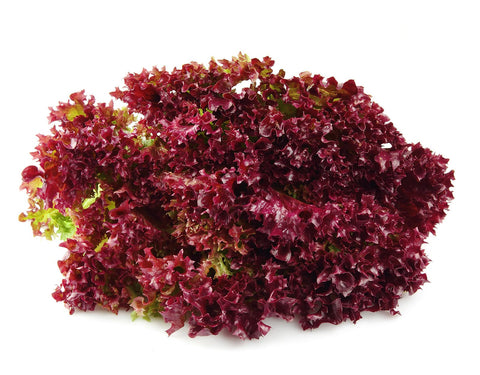
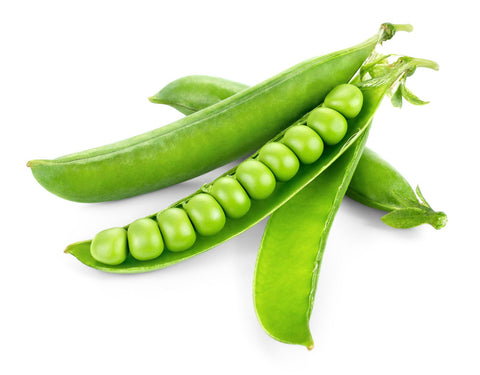
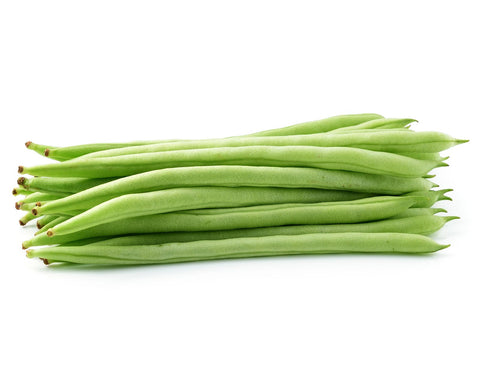
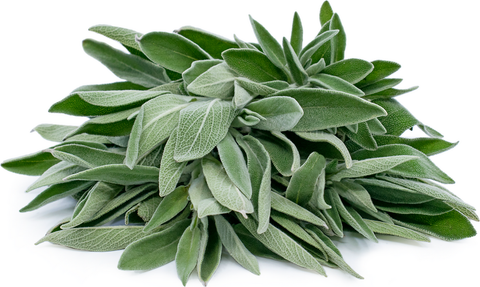
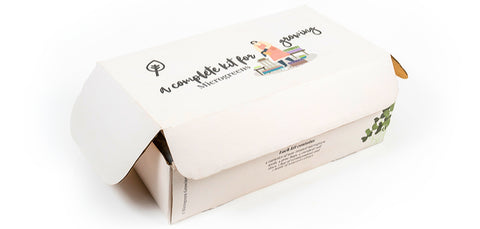
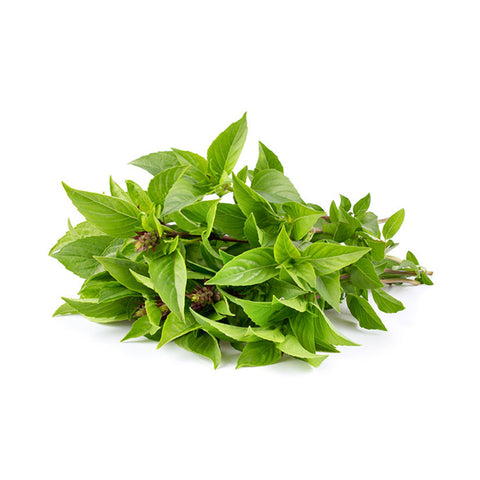
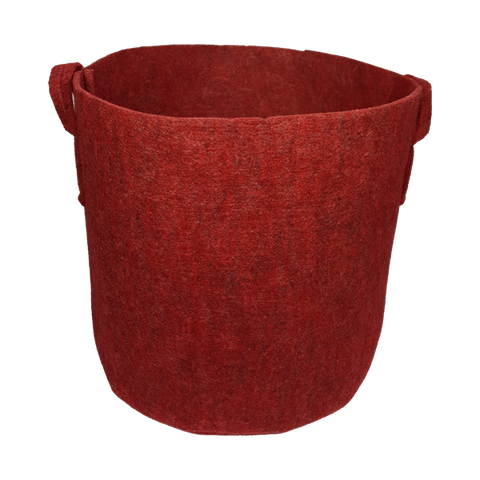

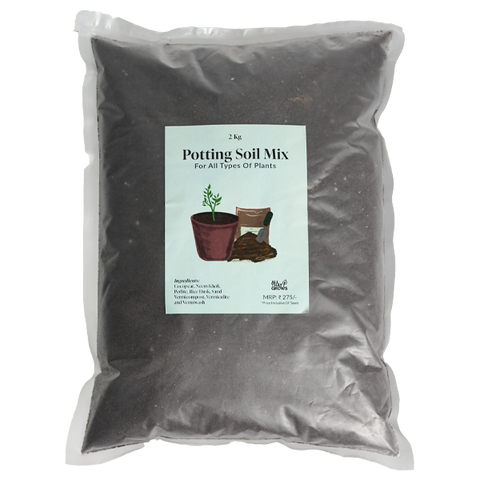
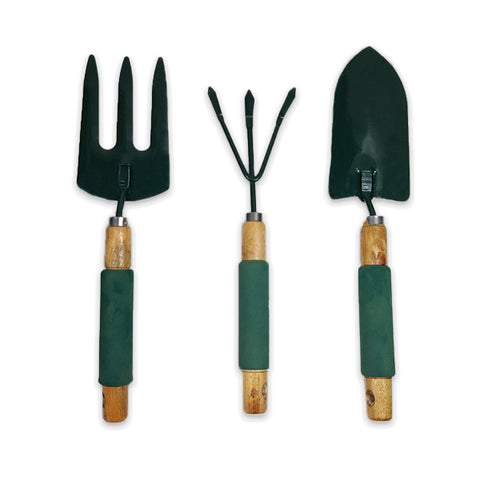






Let us know your feedback
* Comments must be approved before being displayed.